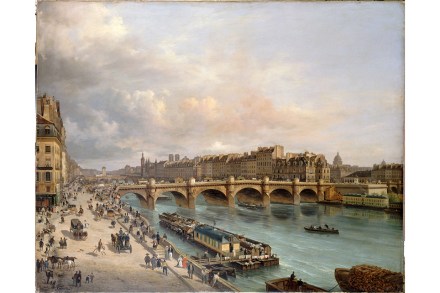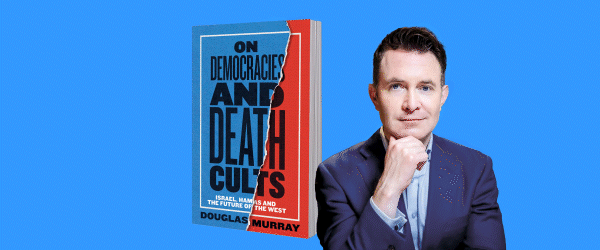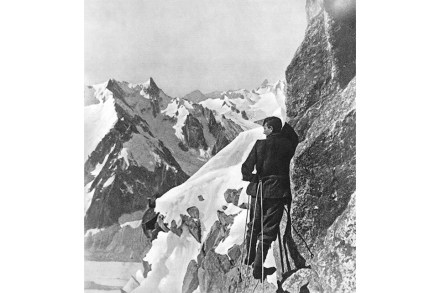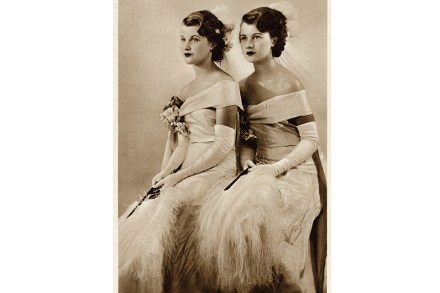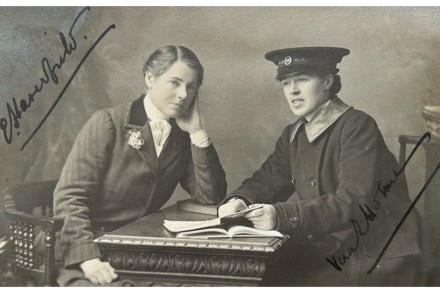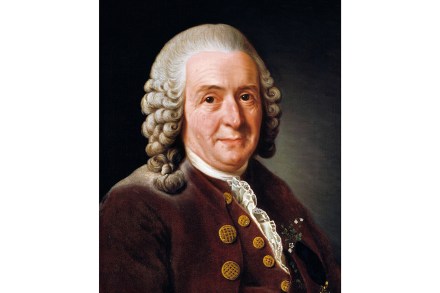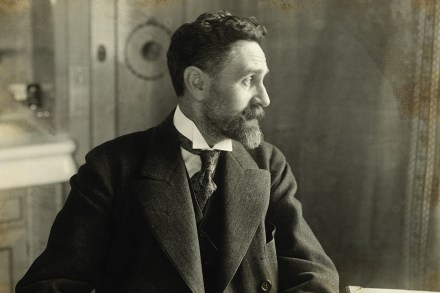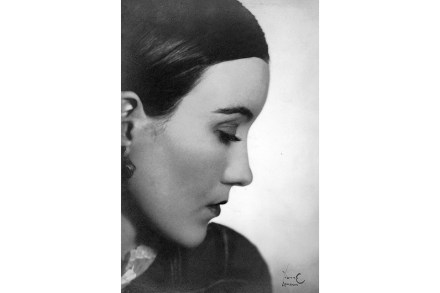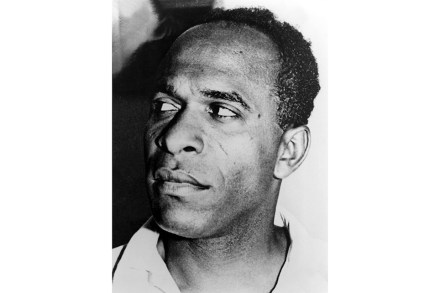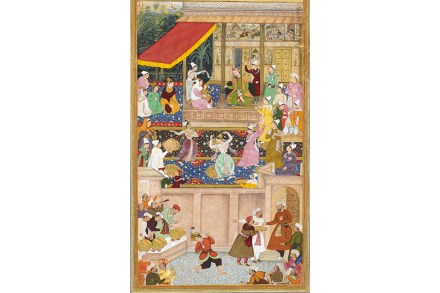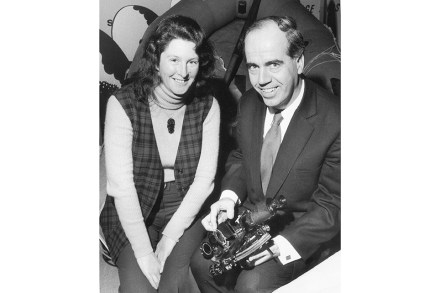Paris is perhaps the greatest character in Balzac’s Human Comedy
Open one of the major novels by Honoré de Balzac and you are likely to encounter a sentence such as this, from Cousin Bette: ‘Towards the middle of July, in the year 1838, one of those vehicles called milords, then appearing in the Paris squares for the first time, was driving along the rue de l’Université.’ Or this (from César Birroteau): ‘On winter nights there is no more than a momentary lull in the noise of the rue Saint-Honoré.’ It is the same story in Père Goriot (rue Neuve-Sainte-Geneviève), Cousin Pons (Boulevard des Italiens) and others. From the first words of the tale, the reader is cast into the drama
